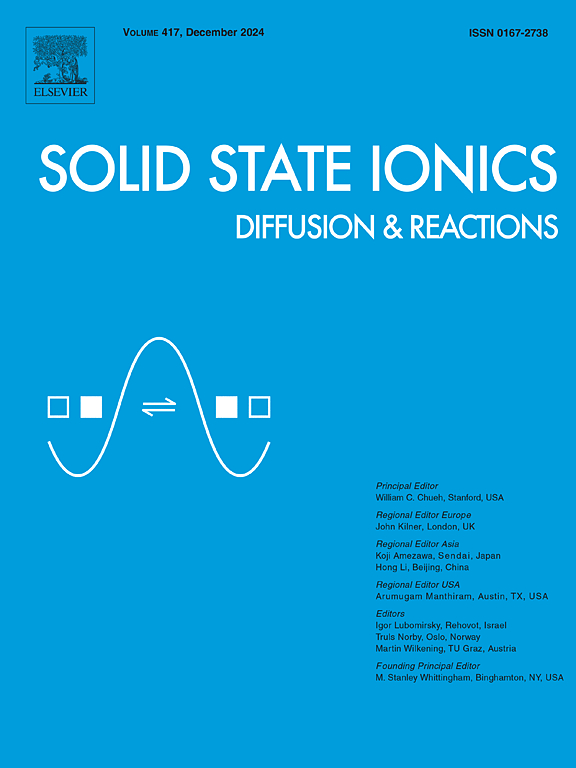Quantitative assessment of enhanced performance of Ru-loaded direct ammonia proton ceramic fuel cells
Abstract
Liquid ammonia is an attractive candidate for use as a hydrogen carrier because of its high volumetric density. The successful development of direct ammonia proton-conducting ceramic fuel cells (PCFCs) operating at intermediate temperatures can be seamlessly integrated into the current infrastructure without the need for investing in hydrogen gas pipelines and storage facilities. However, the low power output of PCFCs using ammonia fuel hinders their practical applications. In this study, we systematically investigated the ammonia conversion ratio and rate, maximum power density, open-circuit voltage, and ohmic and polarization resistances of PCFCs (Ni-BaCe0.7Zr0.1Y0.1Yb0.1O3−δ |BaCe0.7Zr0.1Y0.1Yb0.1O3−δ| PrBaCo2O5+δ) for ammonia and hydrogen fuels at intermediate temperatures of 500–650 °C and quantitatively assessed the impact of Ru catalyst loading on the electrochemical performance of direct ammonia PCFC. Ru loading improved the maximum power density of the direct ammonia PCFC from 100 to 149 mWcm−2 at 500 °C. Combined analysis of gas chromatography and AC impedance spectroscopy revealed that Ru catalysts improved the internal ammonia reforming rate by a factor of 1.9 at 500 °C and reduced polarization resistance by a factor of 1.4 at 500 °C. All results consistently support that the enhanced maximum power density of the direct ammonia PCFC is predominantly attributed to the improved electrochemical reaction kinetics at the electrode/electrolyte/gas interface.

 求助内容:
求助内容: 应助结果提醒方式:
应助结果提醒方式:


